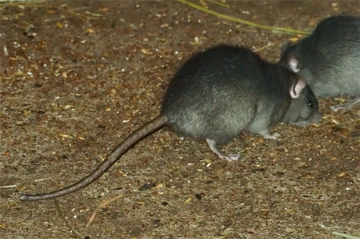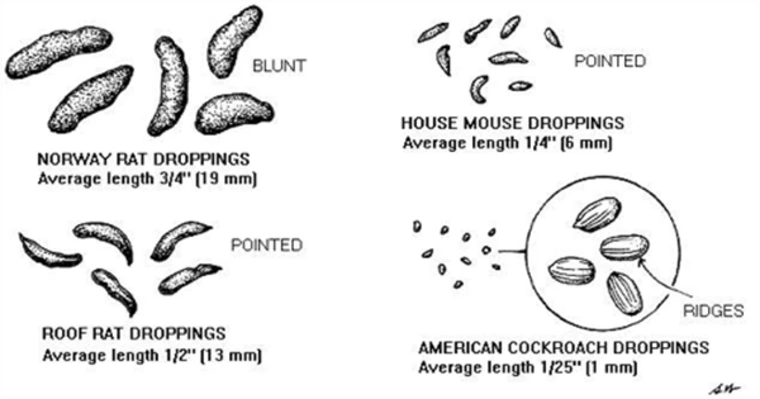Jump To:
A common problem

Non-native roof rats are an inescapable problem for many urban homeowners in Arizona.
Kilessan
Like their native cousins, pack rats, these non-native urban dwellers will move into your home, scurrying around inside walls and under floors – and, yes, on roofs - leaving behind property damage and potentially harmful droppings and hair. But there are steps you can take to keep them at bay.
The first step is identifying the enemy.
Roof rats - aka Rattus rattus, black rats, sewer rats or ship rats - are slender, dark-brown to black rodents with scaly tails almost always longer than their bodies. Adults measure about 5-7 inches, 12 inches including the tail. Their bodies are mostly covered with untidy fur with a lighter underside. They have pointed muzzles, large black eyes, large, almost hairless ears and hairless tails.
They move on all four legs but can stand on their two hind feet. They are agile runners and climbers and can easily climb trees and other rough, vertical surfaces. They’ve been known to run along overhead utility lines using their tails for balance. Roof rats can squeeze through openings as small as a dime. Adult roof rats can be confused with brown/Norway rats, which are also non-native, and young ones with house mice.
Signs
What You Can Do
Some homeowners take drastic measures like severe pruning or plant or tree removal to avoid providing habitat, food or water. But you can manage these pests effectively and still have beautiful landscaping.
Homeowners often ask Cooperative Extension if fruit and nut trees encourage or support rodent pest populations. Research shows that roof rat population is not related to the availability of food plants, so removing trees or specific plants will not reduce rat populations or prevent new rats from coming. They feed on seeds, flowers, leaves and tree roots and bark, not just fruits and nuts. They also forage in and around buildings and dumpsters.
Good landscape management can help keep rodents away from defensible spaces.
- Proper, timely pruning ensures that branches do not touch walls and roof lines, reducing access to attics, windows and wall voids.
- Removal and prompt disposal of fallen fruits, nuts and seeds can make your yard less attractive. This discourages rodent activity, forcing them to go elsewhere for food.
- Use of fruit inhibitors, such as ethephon, is an option to minimize fruit. Make sure to follow label directions. Application timing is important.
Other ways to control rats around your home:
- Monitoring - Regular inspection for entry points and timely pest proofing is essential.
- Removal - This is a health priority. Severe rodent infestations indoors can result in large amounts of droppings, urine, fallen hair and hoarded food.
- Waste management - Dumpsters and trash cans are primary lures for rats. Lids should be kept closed, and dumpsters should be kept on concrete slab 50 feet from buildings, when possible. Steam clean trash containers at least twice annually.
- Exclusion - Preventing rodents from gaining access to building interiors must be done with the above steps.
Takeaways
- Roof rats are well established in some Arizona neighborhoods.
- In those areas, roof rats are a long-term reality. Unless there is an area-wide long-term eradication program, they are here to stay.
- Use pest proofing to keep them out of buildings
- Keep them away with good landscape and waste management.


